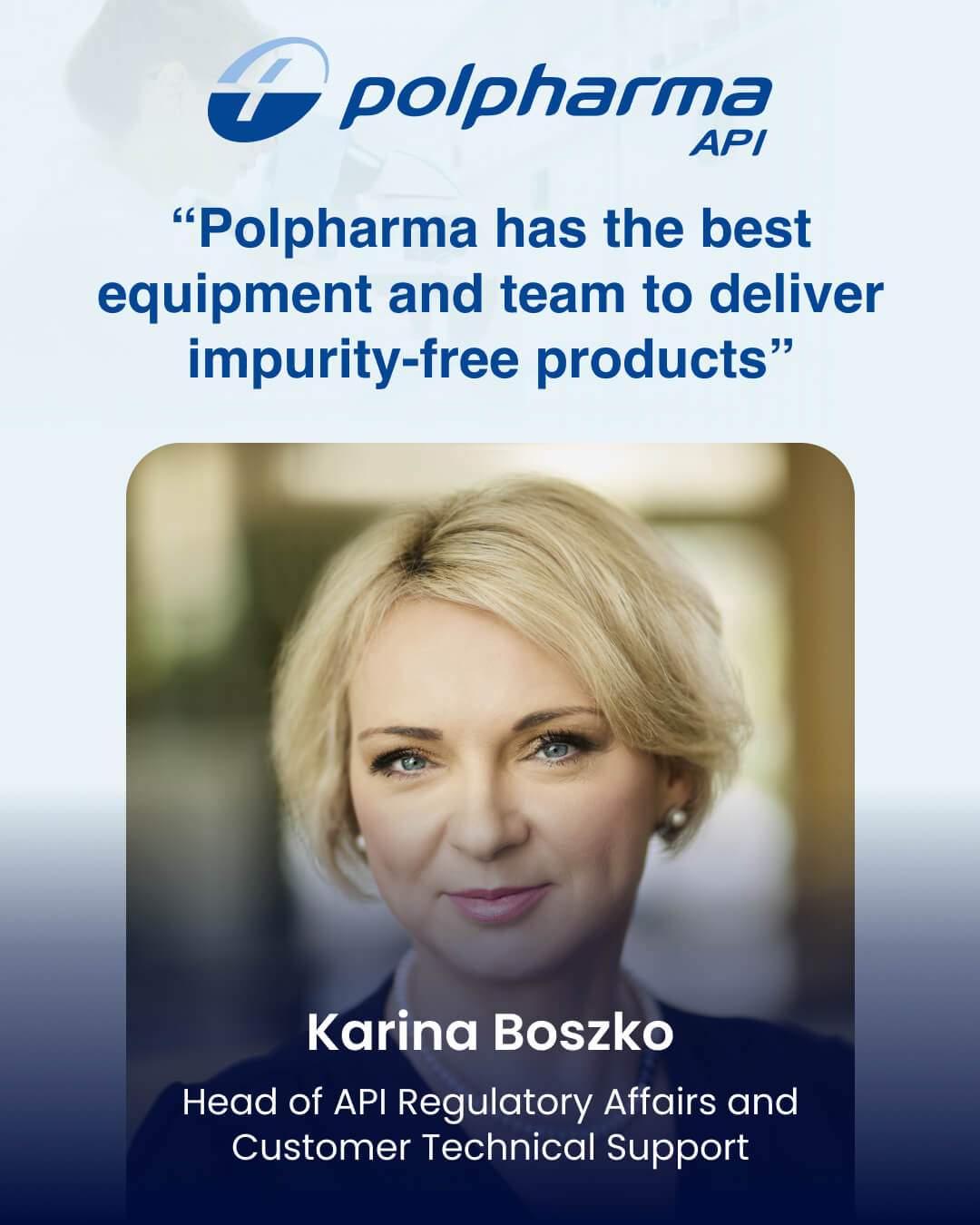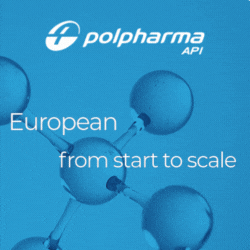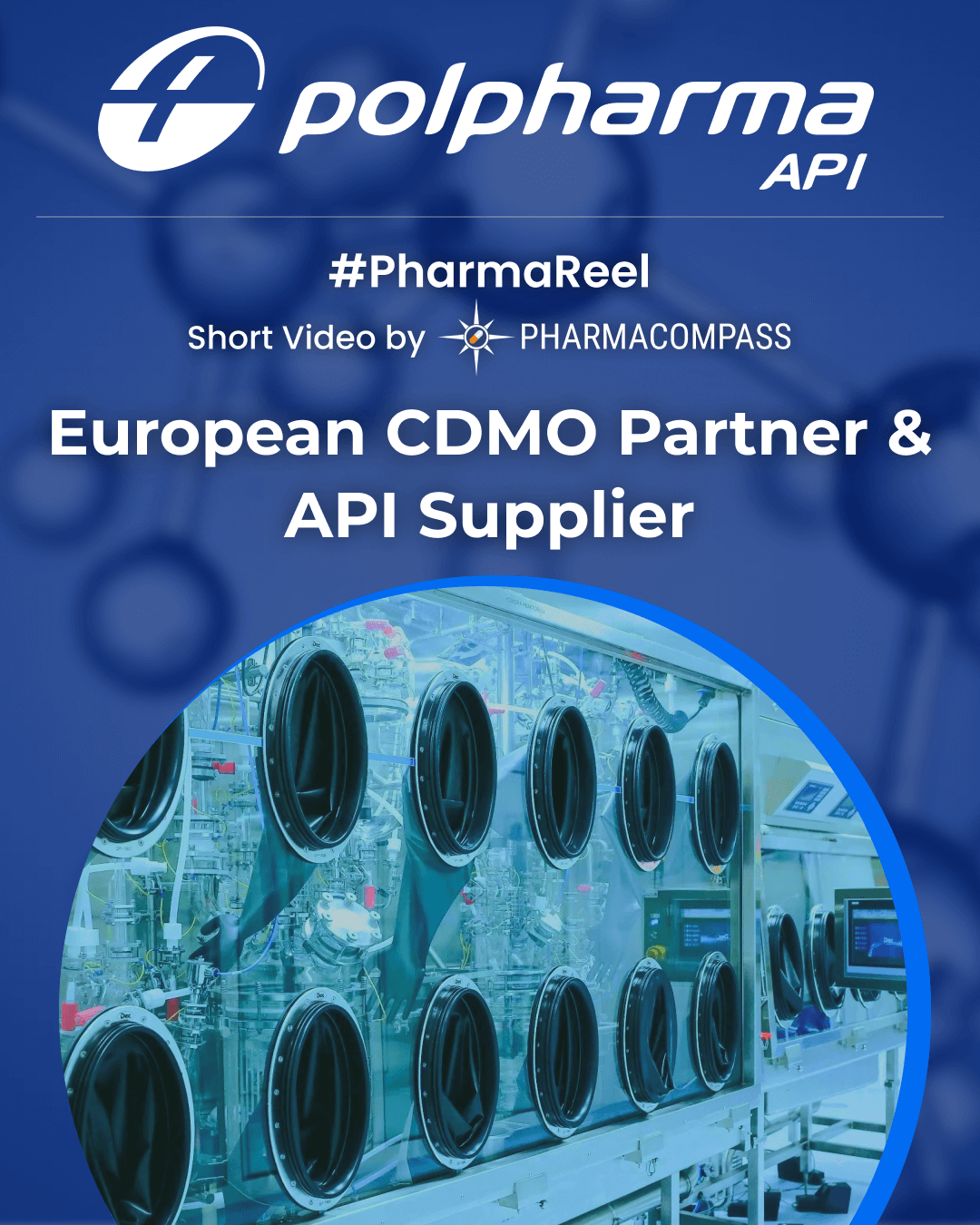
#SpeakPharma with Polpharma
2023-02-20
Impressions: 2887
N-nitrosamine impurities have been in the news for some years now. SpeakPharma interviewed Karina Boszko, Head of API Regulatory Affairs and Customer Technical Support Department at Polpharma, a leading API and FDF manufacturer, to understand this challenge. She gave us a lowdown on nitrosamine impurities, steps undertaken by regulators and Polpharma, and what other API manufacturers need to do in order to eliminate them from their drugs.
What are nitrosamines and how do they affect human health?
In July 2018, the pharmaceutical industry was taken by surprise when nitrosamine impurities were detected in human medicines, leading to recalls of several batches of high blood pressure and heart failure med valsartan. Investigations by health authorities and drug companies revealed that nitrosamines are generated during the synthesis of active pharmaceutical ingredients (APIs). Different products containing different APIs, including metformin and rifampicin, were found to contain low levels of nitrosamine impurities.
Nitrosamines, or N-nitrosamines, refer to any molecule containing the nitroso functional group. They are common in water and foods, including cured and grilled meats, dairy products and vegetables. Everyone is exposed to some level of nitrosamines. They are a cause of concern because they are probable human carcinogens, and long-term exposure to high levels may increase the risk of cancer. Over 300 known nitrosamines, many highly potent mutagenic carcinogens, are known to us today.
What steps have regulators taken to check nitrosamine impurities in pharmaceutical products?
On September 26, 2019, the European Medicines Agency’s Human Medicines Committee (CHMP) requested all Marketing Authorization Holders (MAHs) to review their medicines containing chemically synthesized APIs for the possible presence of nitrosamines.
The EMA recommended a three-step process. In the first step, MAHs were supposed to perform a risk evaluation of APIs and finished products by March 31, 2021. If a risk is identified, MAHs have to perform confirmatory tests. Finally, if tests confirm the presence of nitrosamines, MAHs are supposed to inform competent authorities immediately and implement risk-mitigating measures. They should also submit any changes in the manufacturing process or product specifications by October 1, 2023.
The US Food and Drug Administration (FDA) also came up with similar recommendations. Both these agencies have partnered with various other regulators to develop rapid solutions to ensure the safety and quality of drugs.
The EMA and FDA have updated their recommendations a few times regarding the potential list of nitrosamines, the sources of nitrosamines and their limits.
Why are nitrosamine impurities being reported so much now?
The scientific community has been aware of the presence of nitrosamine impurities for years. Today, we have better equipment and better testing methods to detect impurities.
At present, we use the gas chromatography–mass spectrometry (GC-MS) or gas chromatography-tandem mass spectrometry (GC-MS/MS) methods due to their high selectivity and low detection levels. At Polpharma, we use GC-MS/MS chromatographs with Headspace auto-samplers and UPLC-MS/MS (Ultra-high performance liquid chromatography-MS/MS) chromatographs to detect impurities as low as 0.001 ppm.
What are the potential sources of nitrosamine impurities?
There are many ways and conditions that lead to the formation of nitrosamines. The most common is the use of nitrosating agents in the presence of secondary or tertiary amines within the same or different steps of the manufacturing process. The use of contaminated raw materials and intermediates supplied by vendors containing residual nitrosamines or nitrosating agents is another potential source.
Additionally, the use of contaminated recovered or recycled materials or certain packaging materials may lead to the formation of these impurities. There is also the fear of cross-contamination due to different processes being run successively on the same manufacturing line. Another source is the degradation processes of raw materials, intermediates and active substances. The lack of optimization of the manufacturing process for APIs can also lead to the formation of nitrosamines.
How is Polpharma addressing this risk?
Polpharma has already implemented the steps recommended by the EMA and FDA. Over the years, we have updated our risk assessments and developed additional analytical methods. Now, we can confidently say our knowledge of nitrosamines in APIs is huge.
The APIs produced by Polpharma are thoroughly analyzed for nitrosamines. If necessary, we test our products with highly sensitive analytical methods developed and validated in-house. In one case, we implemented changes in the manufacturing process in accordance with EMA’s recommendations to minimize the risk of nitrosamines.
We have a dedicated team comprising our best technologists, analysts, regulatory affairs experts and process engineers that analyzes our substances for the potential risk of nitrosamines. We also have top-class analytical equipment to develop very sensitive methods for testing our APIs.
What challenges await API manufacturers in terms of nitrosamine impurities?
API manufacturers should be aware that potable water used in API manufacturing may contain low nitrite levels and nitrosamines.
Currently, not only smaller nitrosamines but also nitroso-APIs are an increasing problem for manufacturers, as there is a wide range of potential routes of nitroso-formation. Various APIs and impurities are susceptible to nitrosation, during the later stages of the API synthesis process or during subsequent storage.
Several recent drug recalls have been conducted due to contamination with such API-derived complex nitrosamines, also known as nitrosamine drug substance related impurities (NDSRIs), such as nitroso-varenicline, nitroso-propranolol, nitroso-orphenadrine and nitroso-quinapril.
At Polpharma, our current focus is on reassessing the risk to determine the possibility of the formation of NDSRIs based on theoretical assessment and confirmatory studies using analytical methods.
Can you elaborate on Polpharma’s risk assessment process?
At Polpharma, we do our risk assessment for APIs in such a way that we do not rely only on our knowledge of the APIs. We cooperate with our colleagues who are experts in the field of FDF (finished dosage form) formulation, thanks to the fact that we are a company which produces both APIs and FDFs. Moreover, we also cooperate with our customers.
We also take precautionary measures to mitigate the risk of the presence of nitrosamines during the manufacture and storage of all medicinal products containing chemically synthesized APIs.
I believe that only through full cooperation, information exchange between drug manufacturers and MAHs can the quality and safety of the drugs be guaranteed.
Do you see N-nitrosamine impurities getting completely eliminated from drug products in the future?
Nitrosamines impurities can be eliminated through good manufacturing practices (GMPs), good/safe chemistry, modification of the synthetic route, elimination of sources of nitrosamine formation and a holistic understanding of the entire manufacturing process.
Some available literature reports show that commonly used antioxidants such as ascorbic acid (vitamin C) or alpha-tocopherol (vitamin E) inhibit the formation of nitrosamines in vivo, based on data from human gastric fluid in vitro studies. A second possible approach suggests that nitrosamines are typically formed under acidic conditions. In the future, it will definitely be possible to reduce and even eliminate N-nitrosamine impurities by using our knowledge and advance technologies.
What has the industry done to alleviate the concerns of patients?
With each news headline about nitrosamine impurities in drugs, people’s trust in drug safety wanes a bit more. Patients complain that there is a lack of clear information from regulators or healthcare professionals regarding the affected medicines. To address this issue, the industry has come together to implement the best practices in communication.
Science is constantly evolving. The industry should adopt new knowledge and technology on an ongoing basis to help improve the lives of patients. Our priority should be to provide them with top quality and safe medicines.





